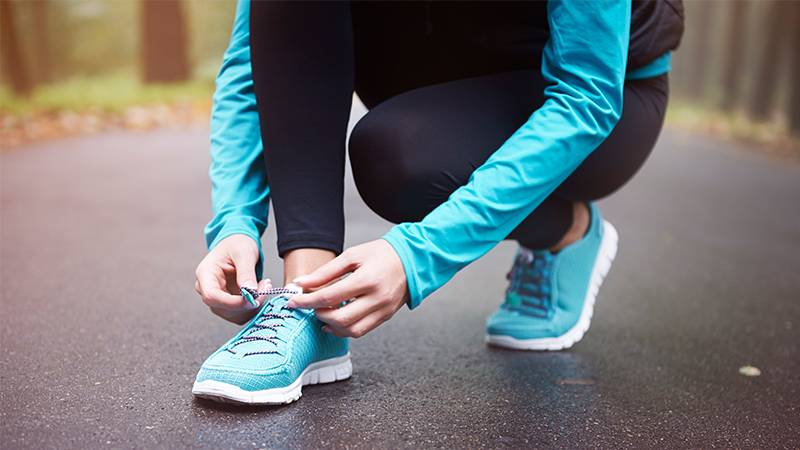Innovators have often turned to nature for inspiration, and Kiki Grammatopoulos is no exception. This product designer from Central Saint Martins is behind an intriguing invention known as ‘Rewild the Run’. It’s a 3D-printed outsole that can be worn over regular sneakers, equipped with tiny loops that act as hooks to collect and spread seeds as the wearer runs.
Grammatopoulos’ design draws from the natural world. Certain seeds in the wild hitch a ride by attaching themselves to animal fur, and this concept echoes that mechanism. Furthermore, the outsole’s design resembles a bison’s hoof, a nod to the animal’s critical ecological role. Bison, with their distinctive hooves, aerate the soil, embedding seeds deep into the ground.
The designer’s aspiration? To promote rewilding. This nature restoration strategy allows the environment to rejuvenate itself with minimal human intervention. While the hustle and bustle of London can create a detachment from nature, Grammatopoulos hopes to bridge that gap. Instead of bringing wild animals like bison to urban areas like King’s Cross, she proposes replicating their ecological contributions with human participation.
The process of biomimicry played a pivotal role in the development of the outsole. Looking at seed designs, especially those of the cocklebur and the grapple plant (or devil’s claw), Grammatopoulos shaped the outsole’s loops. Interestingly, the cocklebur was the seed that inspired the invention of Velcro in the 1940s.
Preliminary tests were conducted using Velcro, but Grammatopoulos emphasizes that the current design is still a concept rather than a market-ready product. While it does seem promising in aiding seed dispersal, the designer believes there’s more exploration and refinement to be done, potentially in collaboration with rewilding specialists.
Rewilding is part of a wider approach to enabling nature recovery, according to Ralph Fyfe, a professor of Geospatial Information and rewilding expert at the University of Plymouth in the UK. “In urban landscapes, the focus is often to increase biodiversity and support a series of environmental services that nature can provide – for instance contributing to net zero, supporting pollinators or reducing urban runoff,” he says.
The rise of urban rewilding is palpable in London and beyond. Local initiatives have reintroduced beavers after a centuries-long absence. Shirley Rodrigues, London’s Deputy Mayor for the Environment, champions rewilding as a means to bolster biodiversity, counter climate change impacts, and green urban spaces. Miniature urban forests are gaining traction, exemplified by the Netherlands’ Tiny Forest scheme that has rolled out over 250 plots in urban settings like business parks and educational institutions. Led by the Institute for Environmental Education (IVN), these plots are found to offer a cooling effect to their surroundings.
Yet, challenges remain according to CNN. Ralph Fyfe, a rewilding expert at the University of Plymouth, sees the outsole as a promising move towards nature recovery, but he and others raise concerns. How do the shoes differentiate between native and invasive plant species? Stephen Carver from the University of Leeds is cautious. While he acknowledges the potential benefits of urban rewilding, he believes genuine rewilding requires a broader scale than what urban spaces might allow. The risk of inadvertently promoting invasive species is real.
Grammatopoulos concurs on the need for caution but remains optimistic. With further refinements, she believes her concept could become a unique tool in urban rewilding efforts, especially in spaces where larger-scale initiatives aren’t feasible. For now, the journey of reimagining the interplay between urban life and nature continues.
More inspiring green news similar to this:


